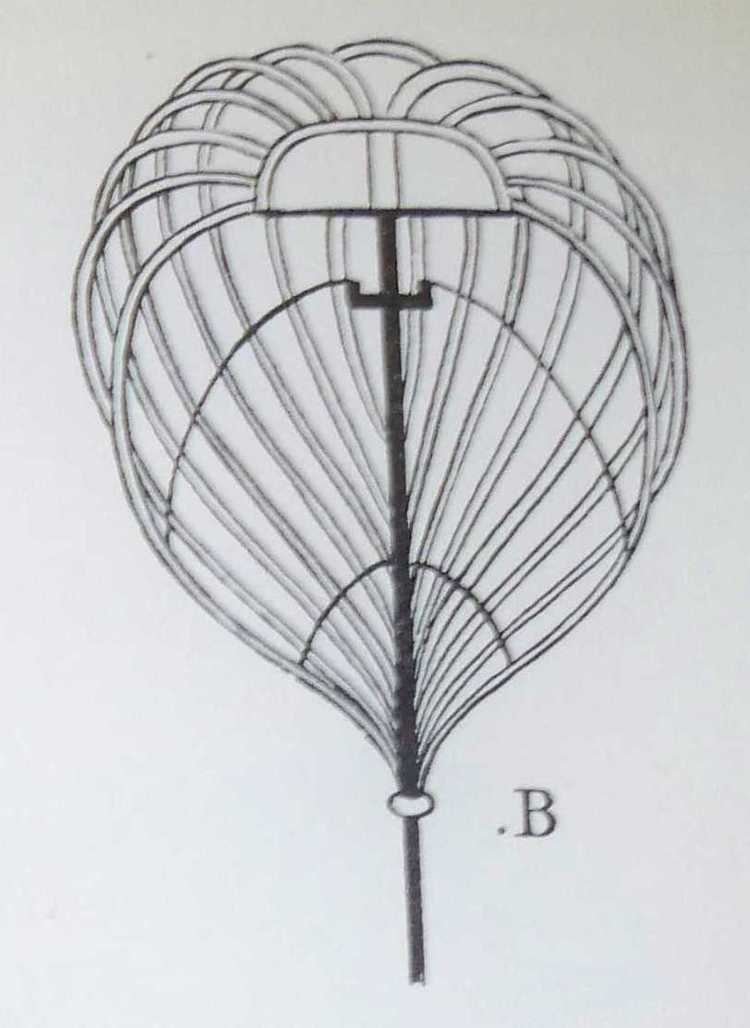 | ||
A horo (母衣) was a type of cloak or garment attached to the back of the armour worn by samurai on the battlefields of feudal Japan.
Contents
Description
A horo was around 1.8 m (6 ft) long and made from several strips of cloth sewn together with a fringe on the top and bottom edges. The cloth strips were sewn together and formed into a sort of bag which would fill with air like a balloon when the wearer was riding a horse. A light framework of wicker, bamboo or whale bone known as an oikago, similar to a crinoline, which is said to have been invented by Hatakeyama Masanaga during the Ōnin War (1467–1477), was sometimes used to keep the horo expanded. Attaching the horo generally involved a combination of fastening cords and possibly a staff. The top cords were attached to either the helmet or cuirass of the wearer while the bottom cords were attached to the waist. The family emblem (mon) of the wearer was marked on the horo.
Use
Horo were used as far back as the Kamakura period (1185–1333). When inflated the horo was said to protect the wearer from arrows shot from the side and from behind. Wearing a horo is also said to have marked the wearer as a messenger (tsukai-ban) or person of importance. According to the Hosokawa Yusai Oboegaki, the diary of Hosokawa Yusai (1534–1610) taking of an elite tsukai-ban messenger's head was a worthy prize. "When taking the head of a horo warrior, wrap it in the silk of the horo. In the case of an ordinary warrior, wrap it in the silk of the sashimono".
